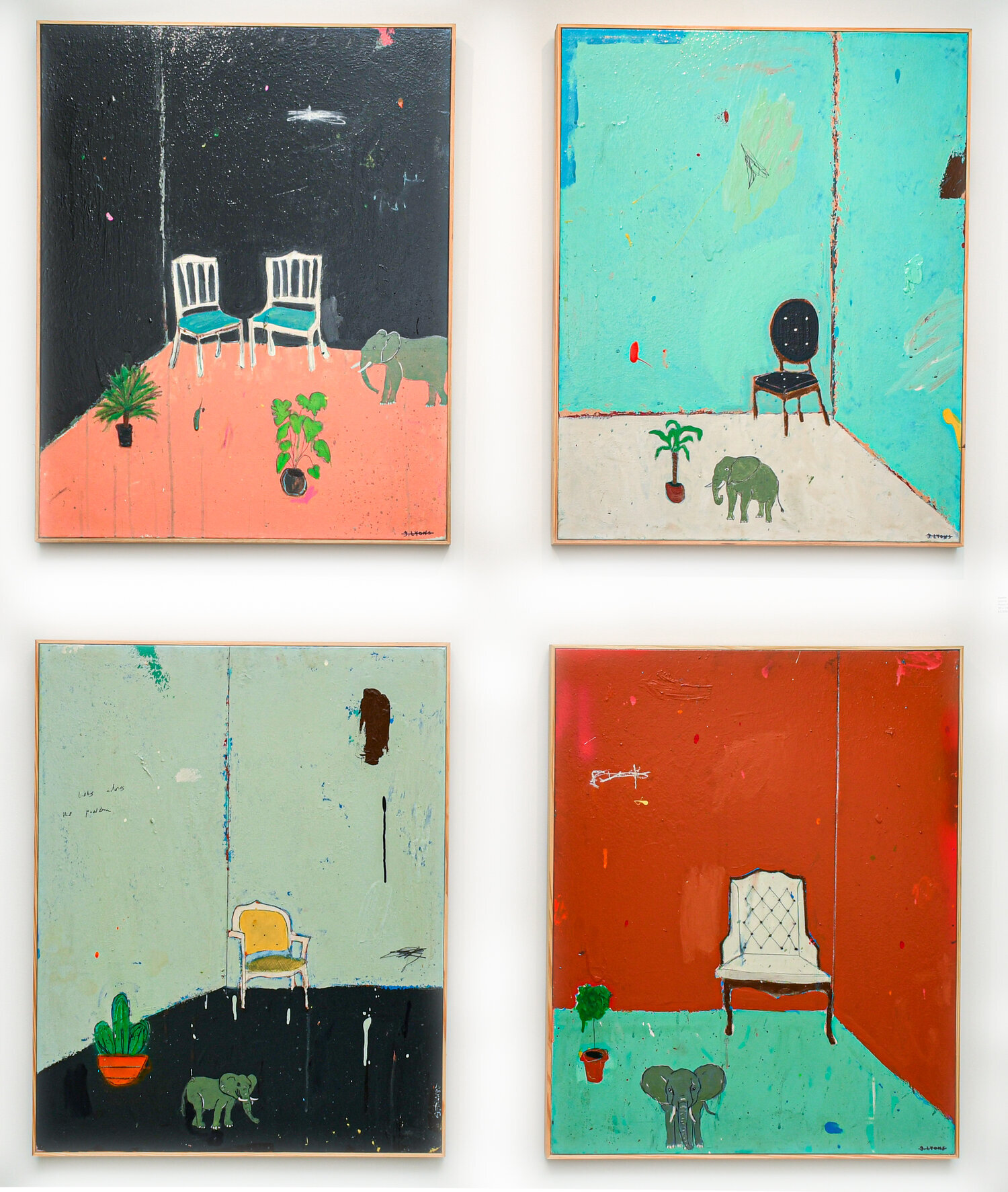
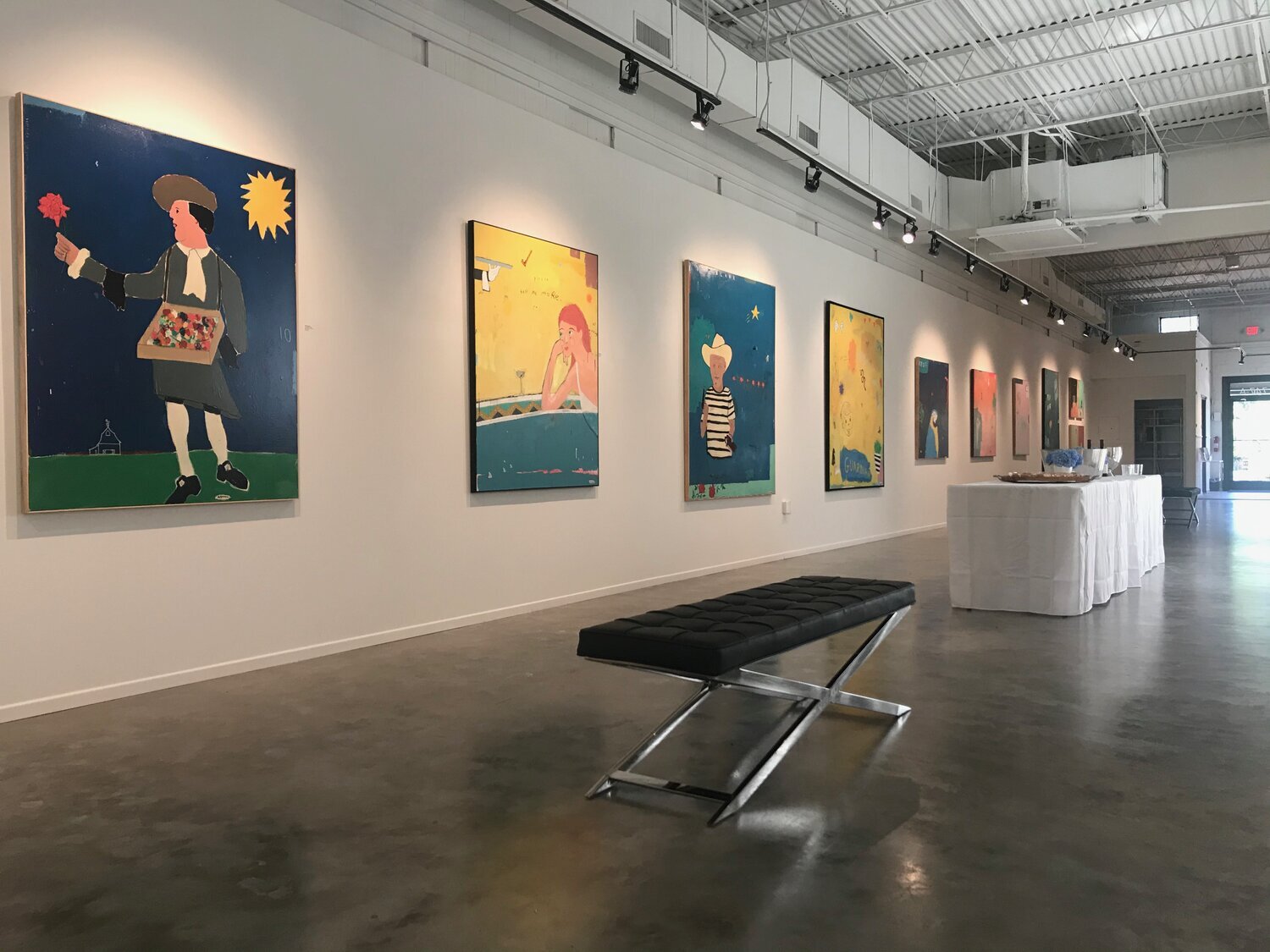
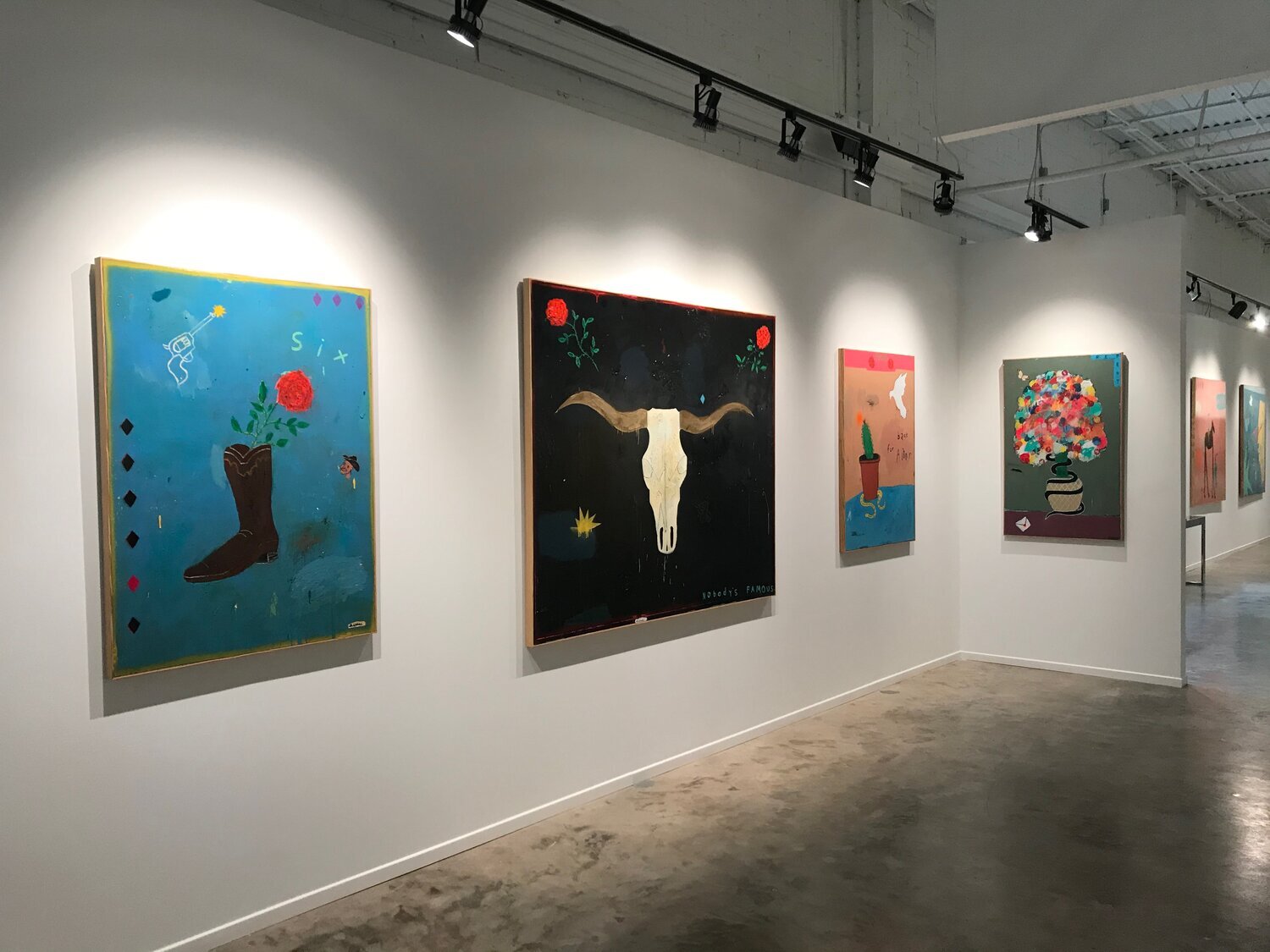
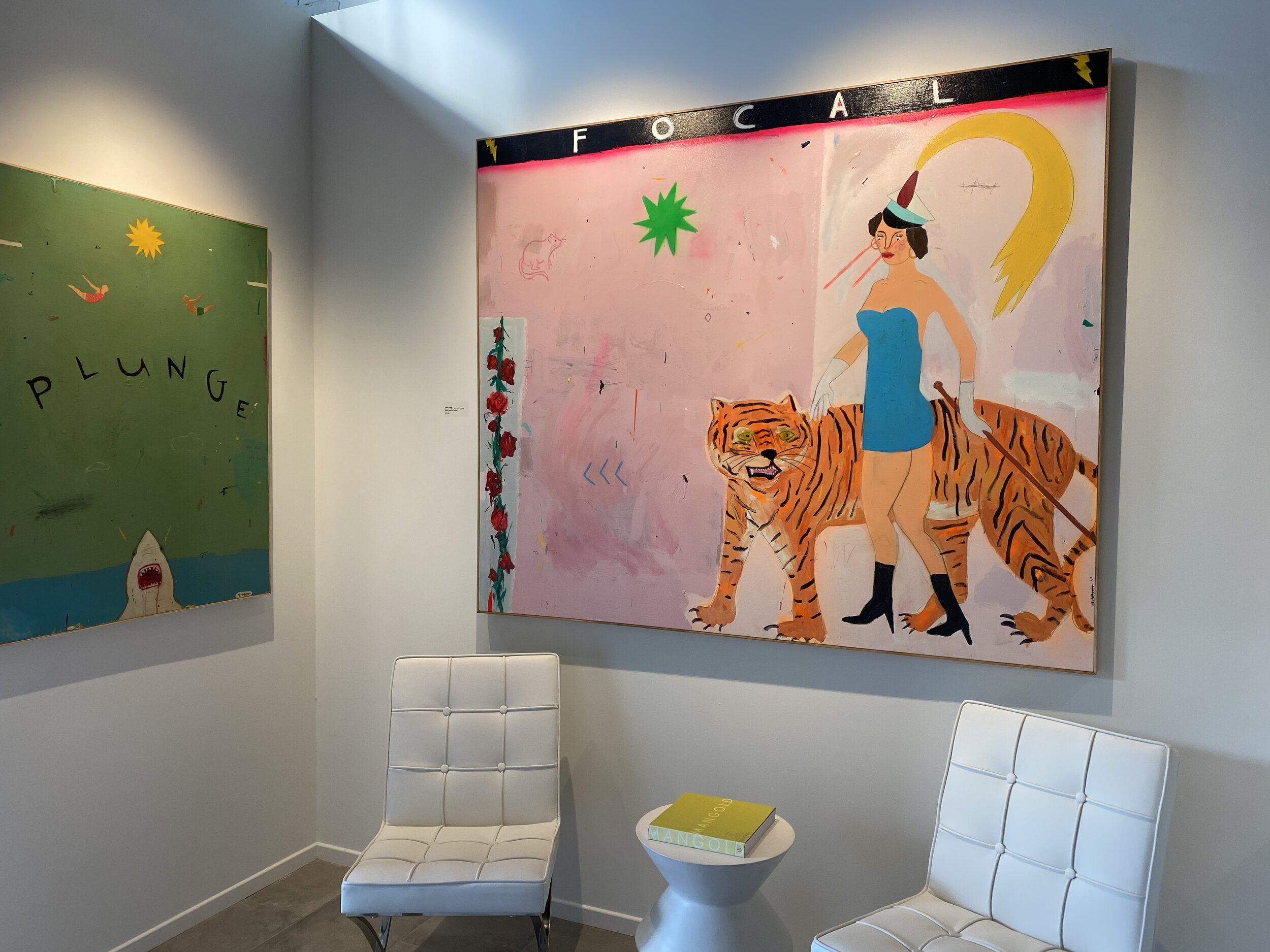
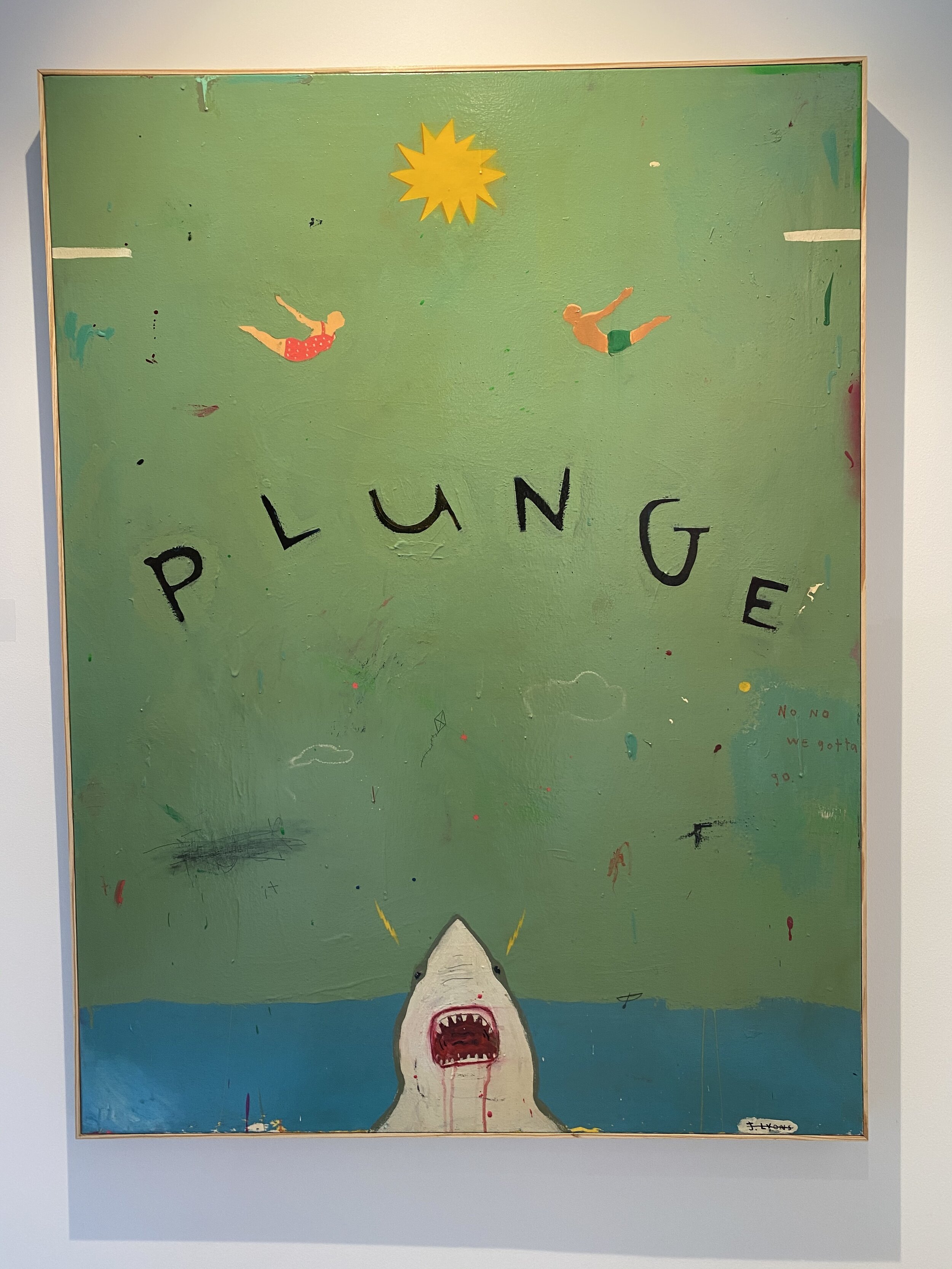
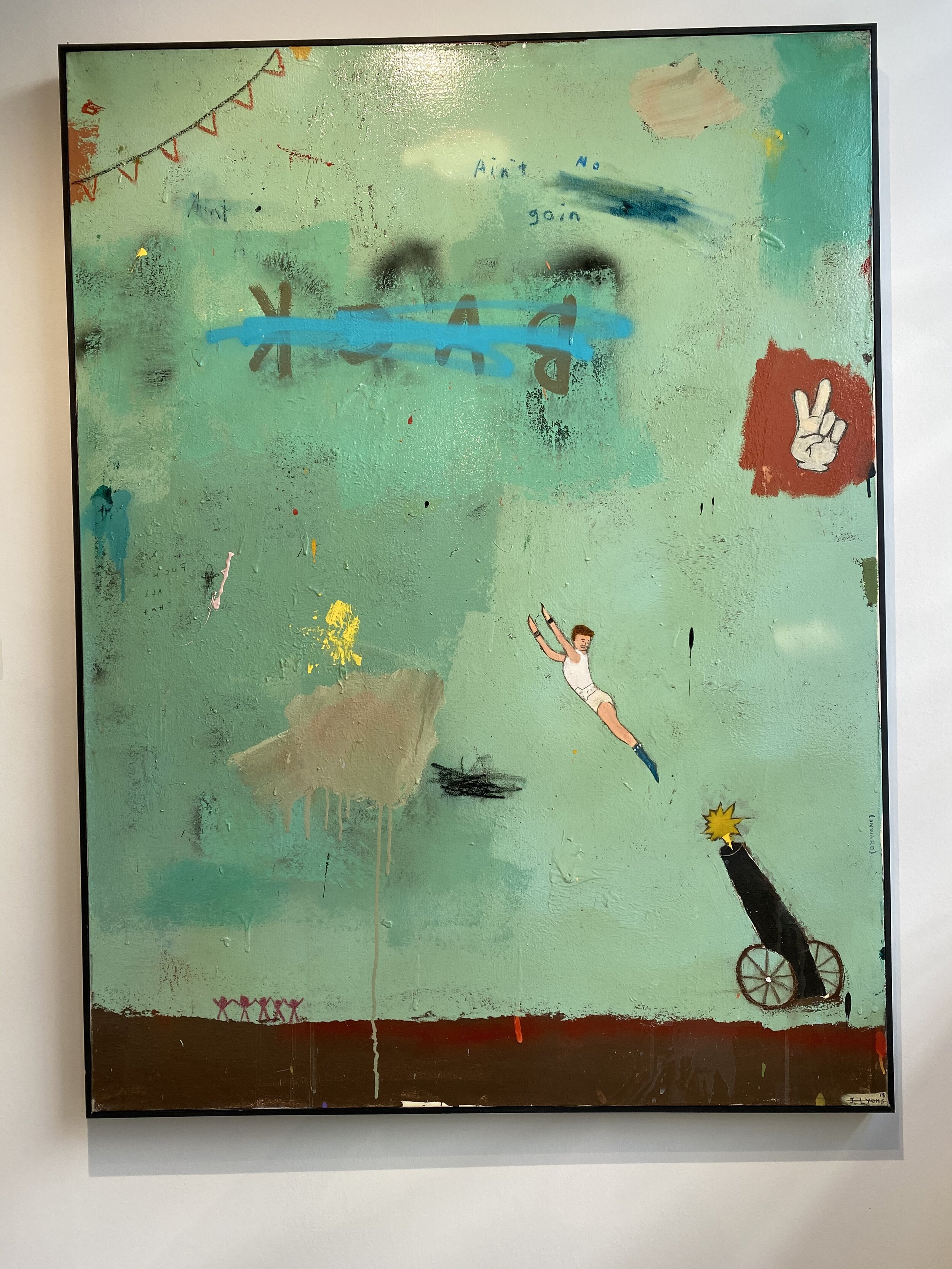
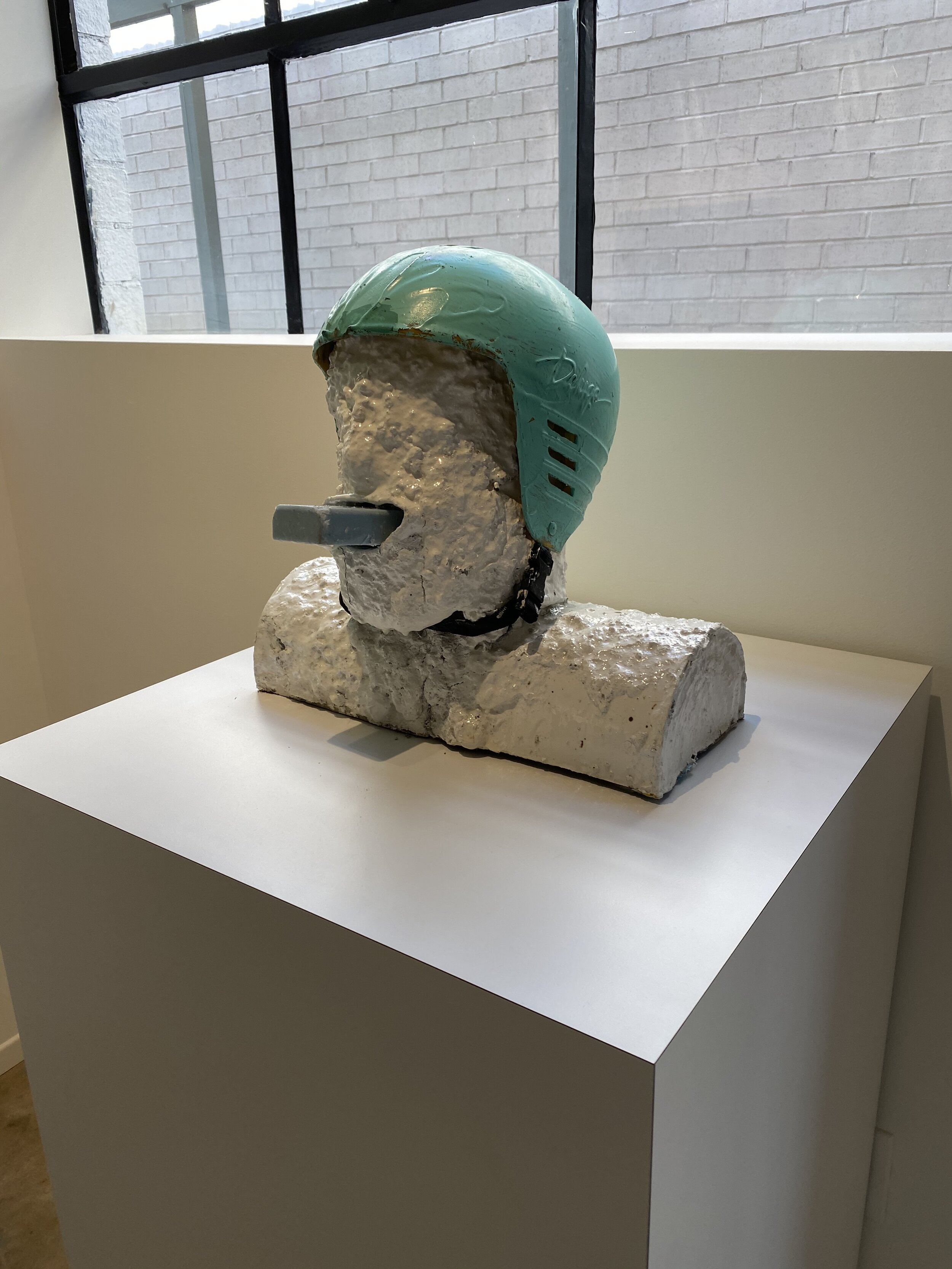
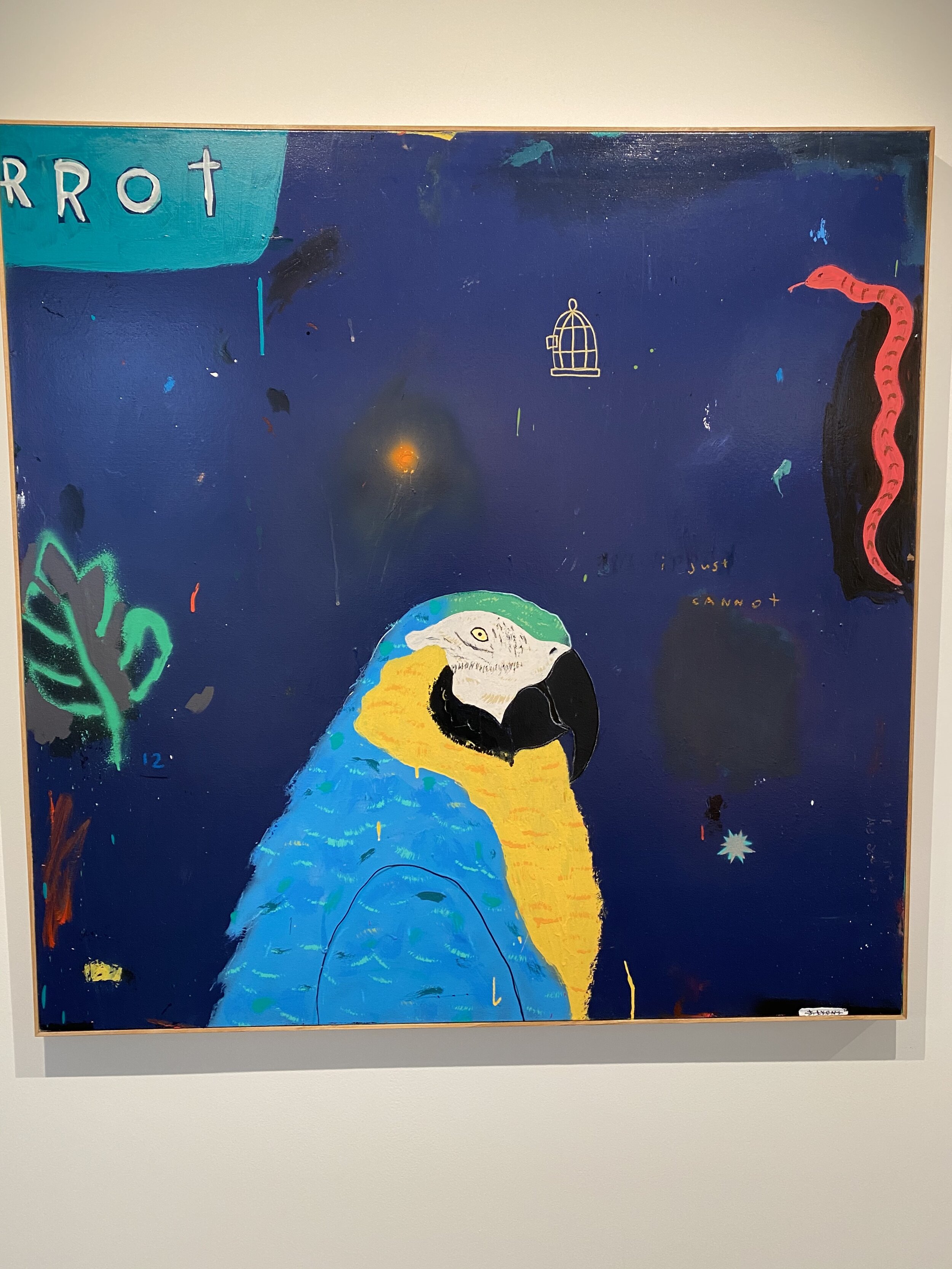
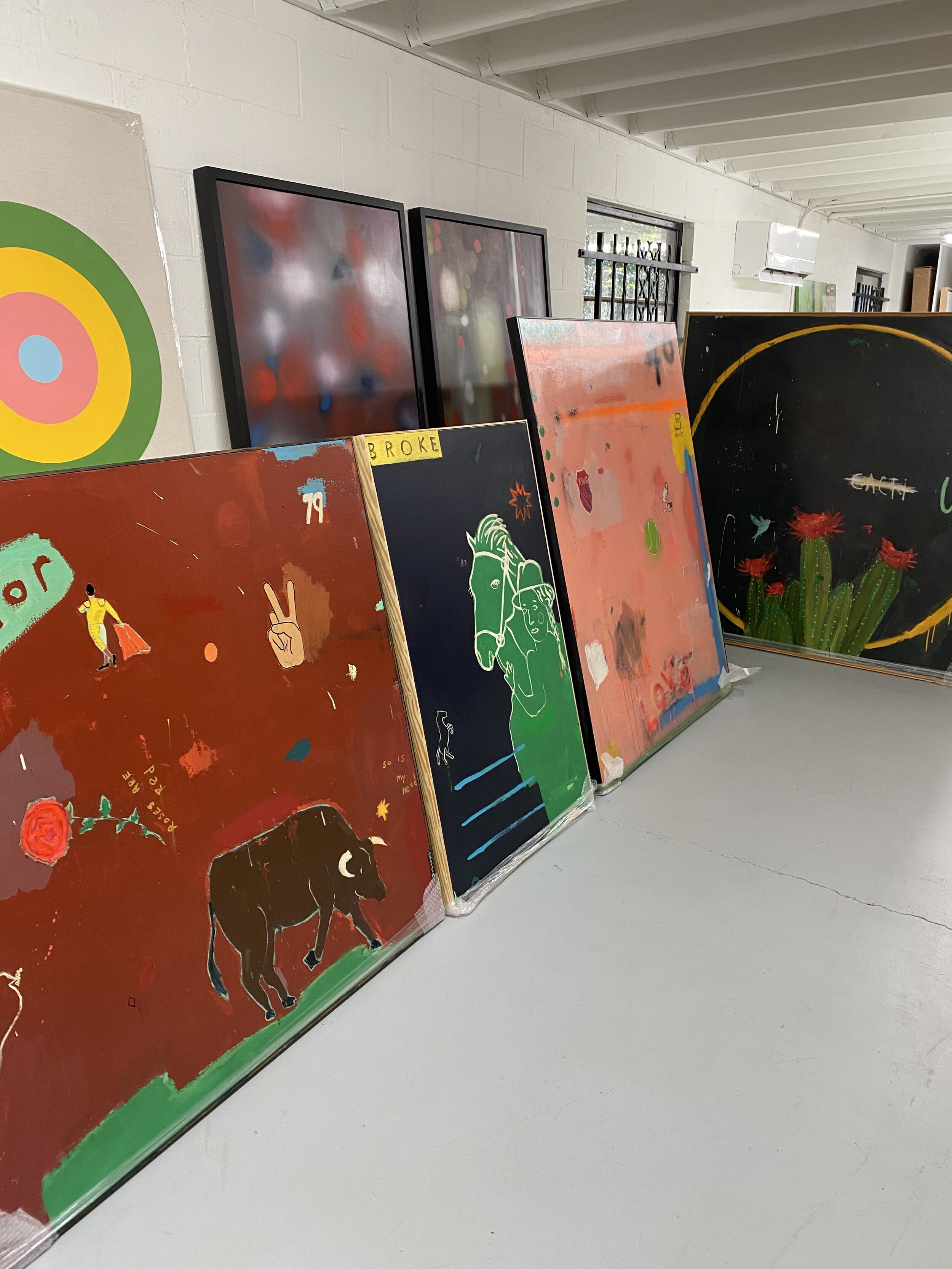
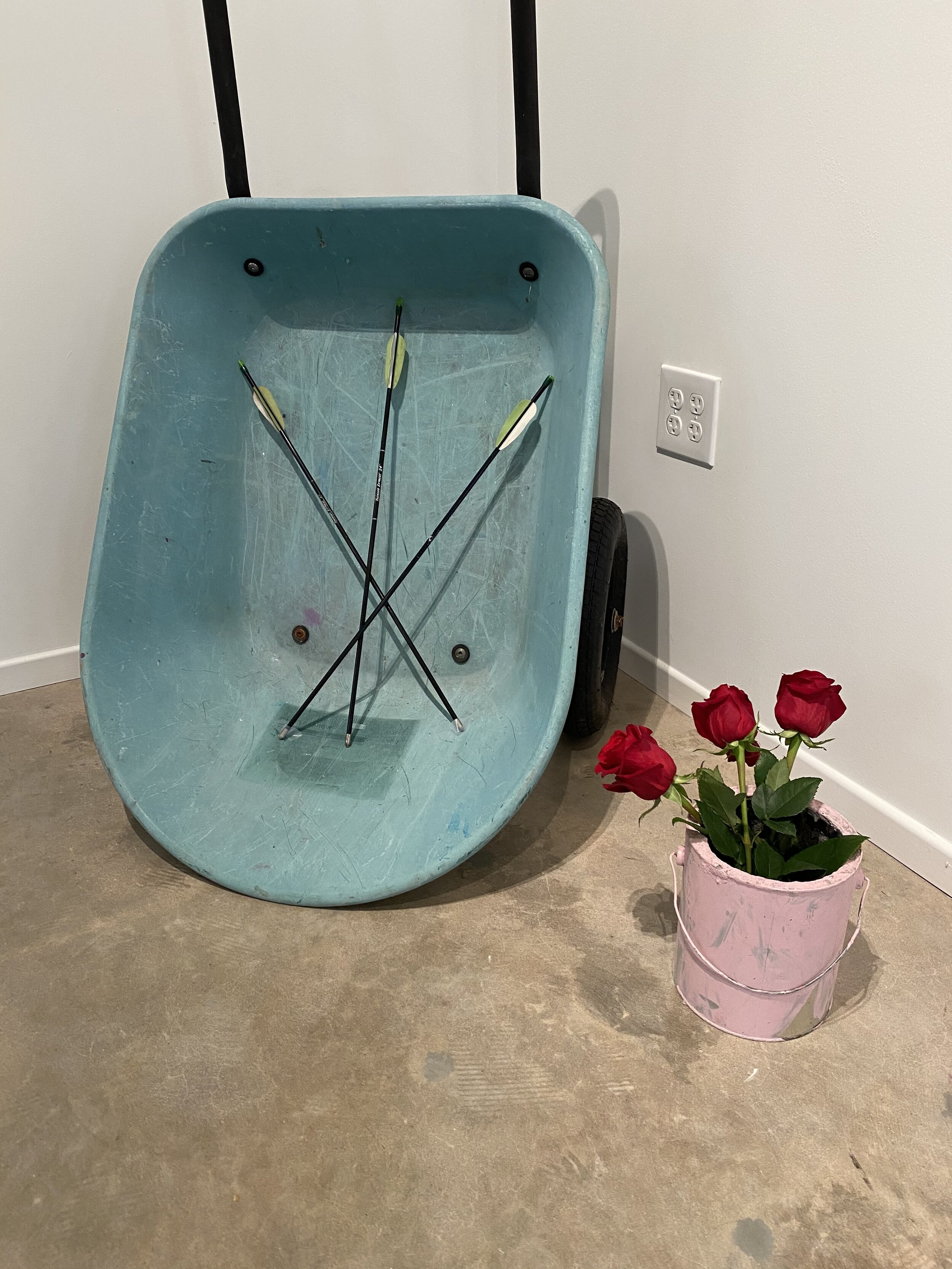
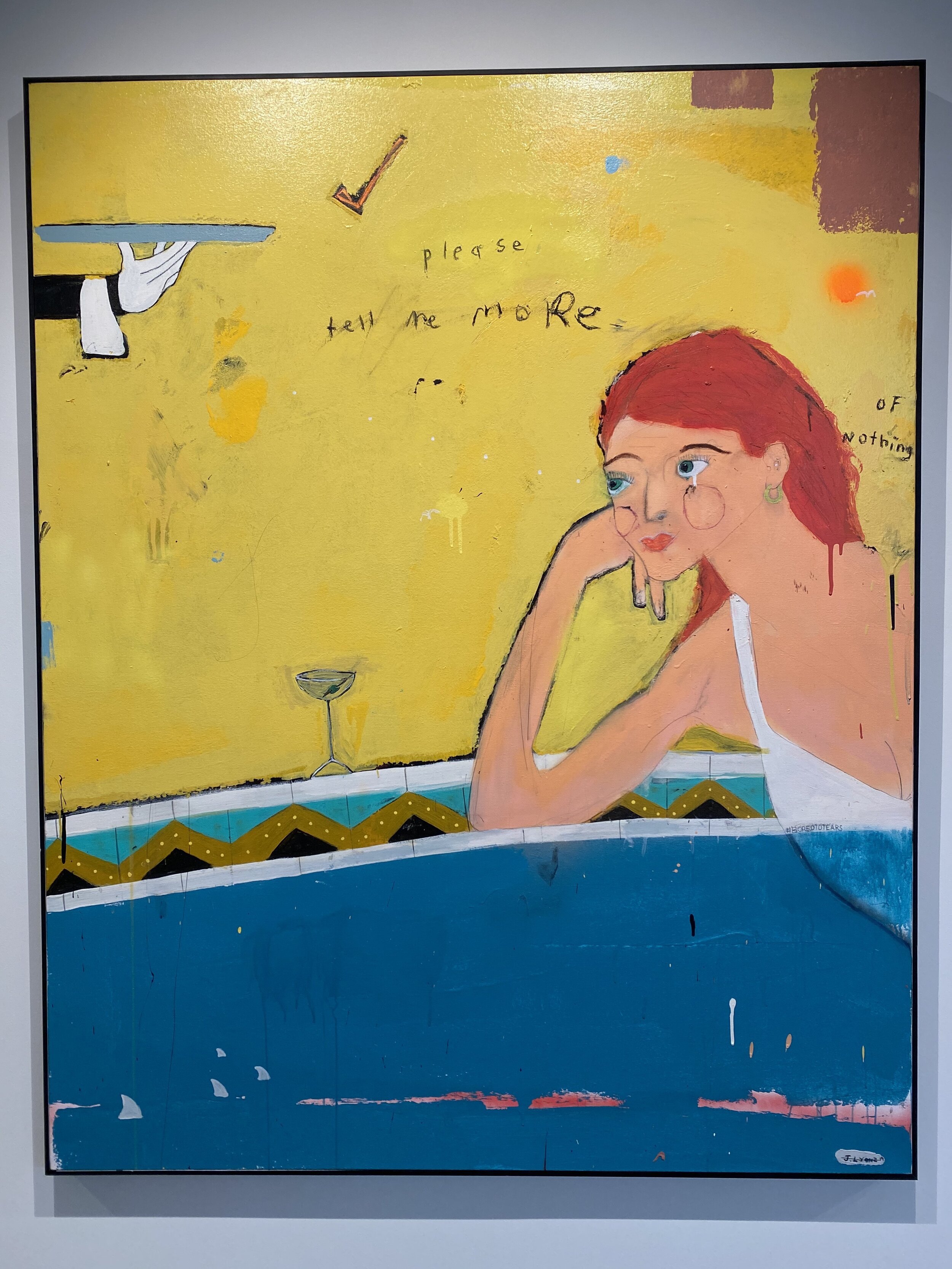
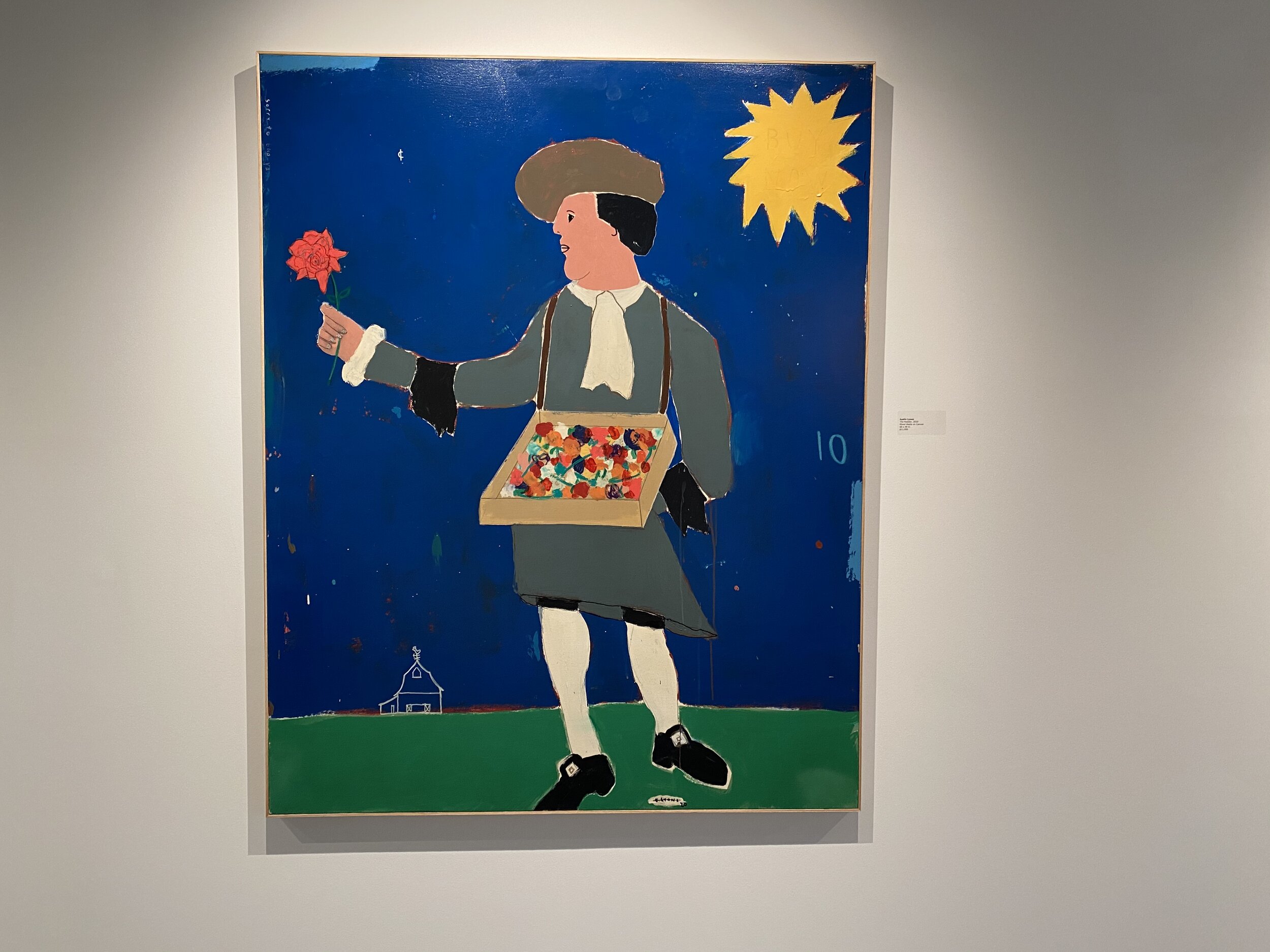

We are living in strange times, and I often wonder when we will get back to a point of normalcy. Social isolation has not been entirely detrimental, it helped people place more of an emphasis on health, self-care, and life goals, just to name a few. However, human interaction is something that we not only desire, but its something that we need from time to time. Slowly but surely, places of business are opening back up to the public, and the remnants of life as we once knew it are starting to reveal themselves.
COVID-19 has had an extreme impact on not only artists, but art in general. A person’s creative process may not have been hindered, but their ability to get there work out to the world may have been altered a bit. Since art galleries and exhibits have been closed as of recent months, creatives have had to find new and unique ways to promote their work, many relying heavily on the internet and social media platforms. One of the first art galleries to reopen its doors in Atlanta was that of Maune Contemporary, located in the city’s Buckhead area. Founded by Heidi and Ramsey Maune, this gallery specializes in limited edition fine art prints and unique works by renowned international artists.
On the weekend of May 27th – 29th, Maune Contemporary showcased the work of Florida-base artist Justin Lyons. His narrative is riddled with written dialog, where words and letters are often crossed out revealing another clue into the message. It aims to give the viewer a reference point into a deeper understanding of a particular theme or subject, and to then explore on their own as to what they see and feel. His inspirations are most often triggered by a word, phrase or thought, with the intention to try to and tell a story without giving away too much as to let the viewer interpret their own connection to the piece. I had the opportunity to speak with Justin about his journey, his creative process, and the current state of the art world.
As an artist, how are you adapting to this pandemic?
It has been kind of funny because as an artist it is almost like you’re quarantined automatically by being in the studio all day. The routine has not really changed all that much – if anything, it forces you back in there even more. For the most part because of art galleries, and art fairs and museums being closed; as an artist that’s your outlet to get your work out. So that’s kind of been a little bit of a challenge, you know? Trying to find an avenue to get your stuff out there in a physical space for people to see. I have been adapting by going more online, doing the social media thing - Instagram, stuff like that – just to be productive and keep people’s eyes on it.
What do you hope to achieve with the “Say It Ain’t So” Exhibit here in Atlanta?
I have a lot of collectors in Atlanta, it’s really just mainly to build a bigger base in the area. This gallery is amazing and so is the city. I’m just trying to solidify my work in multiple regions.
I notice you draw a lot of inspiration from cultural phrases and colloquialisms, what led you to that style of art?
So, my dad and my brother are both musicians. My brother is a songwriter, and I was always inspired by his lyrics – they were really deep and introspective. When I hear a song, I naturally gravitate towards its lyrics because its real emotion. A good songwriter will put their personal experiences within a song, and I was inspired by that. I am a self-taught artist, and I didn’t really have a grounding on how to do certain things. The phrases that you are referring to – I approach it like a songwriter. I take that approach and I mix it with a visual image.
Many of my friends that are artists struggle with this. As a painter, when do you know when a piece is truly finished?
That is a really hard question (laughs). For the most part, you can kind of feel it – you have to go with your gut. A lot of times, I feel like that’s when you get in trouble as an artist; you don’t listen to you intuition an you keep going… after a while you’ve done too much to the painting. Sometimes, less is more. I’ve become pretty good at not becoming attached to my paintings. To be honest with you, I’ve become more attached to the process than I have the outcome. Art has become my life, and I have fallen in love with the process of creating.
I for one, have always believed that art is essential to our way of life, even before this pandemic. Studies have shown that the creation of art can help people with depression, anxiety, and improved memory in elderly people. On the other hand, viewing art has given people a sense of happiness, satisfaction with life, as well as deeper cognitive functions. It is of the utmost importance to support not only artists like Justin, but to support the galleries and curators that allow their art to be seen. The normal human interaction that we’ve experienced may be a thing of the past, but the connection that the beauty of art provides is something that will be here to stay.
